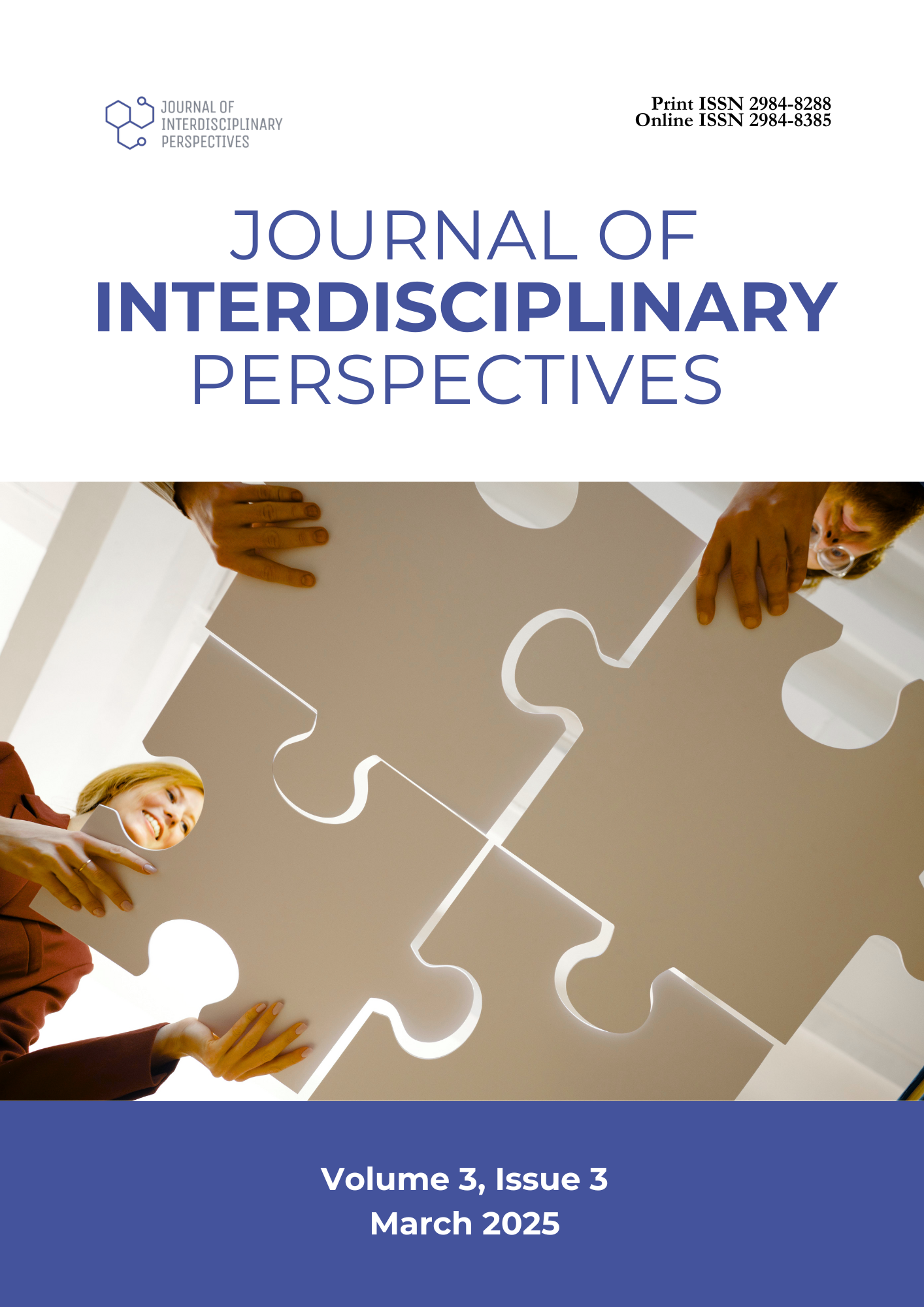Leadership and Resilience: Evaluating Rural Development Training for Barangay Officials
DOI:
https://doi.org/10.69569/jip.2024.0690Keywords:
Extension project, Leadership, Resilience, Rural development, SatisfactionAbstract
This study assessed the effectiveness of lectures and training programs in enhancing the knowledge and skills of barangay officials and workers, aiming to facilitate positive transformations in local governance. The study gathered detailed information about respondents' knowledge, perceptions, and experiences using a descriptive research design. The objectives included identifying existing gaps in competencies, tailoring training content to meet specific needs, and evaluating the overall impact of these capacity-building initiatives. Findings revealed a significant improvement in participants' self-reported knowledge and skills, with mean scores rising from 2.51 ("Substantial") before training to 3.69 ("Highly Substantial") after training, indicating a 1.18-point increase. This improvement reflects the effectiveness of the structured training sessions in addressing gaps and boosting participants' confidence and competency. High satisfaction levels were also recorded, with mean scores for dimensions ranging from 4.63 to 4.88, all rated "Excellent." The highest ratings were attributed to learning tools and materials, underscoring their pivotal role in achieving program success. Although logistics scored slightly lower, it fell within the "Excellent" range, highlighting the program's strong organizational framework. The training significantly enhanced the capability of barangay officials and workers, enabling them to deliver more responsive and accountable public services. As a result, the local governance structure became more transparent and trustworthy, fostering public confidence and community development. Identified future priorities included livelihood and economic development programs, agricultural support, and improvements in technology and communication. Livelihood initiatives were ranked highest due to their immediate impact on economic stability, while agricultural support was prioritized for sustaining primary livelihoods. Technology and communication, although ranked lower, were acknowledged as crucial for long-term development. The study demonstrated that structured training programs are critical for empowering local leaders, driving sustainable development, and fostering community resilience. By addressing current needs and aligning future initiatives with identified priorities, barangay officials can ensure long-term prosperity and environmental sustainability.
Downloads
References
Asgarova, A.Y. (2019). Impact of Employee Training on Employee Job Satisfaction and Achievement: A Case of Turkish Manufacturing Industry. Retrieved from https://ssrn.com/abstract=3398117 or http://dx.doi.org/10.2139/ssrn.3398117
Barrett, C. B. (2002). Food security and food assistance programs. Handbook of Agricultural Economics, 2(B), 2103-2190. https://doi.org/10.1016/S1574-0072(02)10027-2 Fischer, S.A. (2017). Developing Nurses’ Transformational Leadership Skills. Nursing Standard, 31, 54-63. https://doi.org/10.1177/0894318417693309
Gilbert, S., Horsman, P. & Kelloway, E.K. (2016). The Motivation for Transformational Leadership Scale: An Examination of the Factor Structure and Initial Tests. Leadership & Organization Development Journal, 37, 158-180. https://doi.org/10.1108/LODJ-05-2014-0086
Goldberg, J. (2014). Trends in Employee Turnover and Retention. Graziadio Business Review, 17(3). https://tinyurl.com/3fdkx3he
Karim, M.R., Huda, K.N., & Khan, R.S. (2012). Significance of Training and Post Training Evaluation for Employee Effectiveness: An Empirical Study on Sainsbury’s Supermarket Ltd, UK. The International Journal of Business and Management, 7, 141. https://tinyurl.com/25mueavc
Kouzes, J., & Posner, B. (2017). The Leadership Challenge (6th ed.). Wiley. https://tinyurl.com/45buf29y
Lanjouw, P. (2001). Nonfarm Employment and Poverty in Rural El Salvador. World Development, 29(3), 529-547. https://doi.org/10.1016/S0305-750X(00)00105-4
Liu, Z., Venkatesh, S., Murphy, S. E., & Riggio, R. E. (2021). Leader Development across the Lifespan: A Dynamic Experiences-Grounded Approach. The Leadership Quarterly, 32, 101382. https://doi.org/10.1016/j.leaqua.2020.101382
Muñoz Castellanos, R. M., & Salinero Martín, M. Y. (2011). Training as a source of competitive advantage: performance impact and the role of firm strategy, the Spanish case. The International Journal of Human Resource Management, 22(3), 574–594. https://doi.org/10.1080/09585192.2011.543635
Popper, M., & Mayseless, O. (2013). Internal World of Transformational Leaders. In Transformational and Charismatic Leadership: The Road Ahead 10th Anniversary Edition (Monographs in Leadership and Management, Vol. 5) (pp. 237-263). Emerald Group Publishing Limited. https://doi.org/10.1108/S1479-357120130000005019
Siangchokyoo, N., Klinger, R.L., & Campion, E.D. (2020). Follower Transformation as the Linchpin of Transformational Leadership Theory: A Systematic Review and Future Research Agenda. The Leadership Quarterly, 31, 101341. https://doi.org/10.1016/j.leaqua.2019.101341
Tabanao, E.G., & Gallosa, C. (2024). Food Security and Marine Capture Fisheries of BUGSAY Association of La Libertad, Negros Oriental, Philippines. Journal Of Environmental Management And Tourism, 15(3), 429 - 434. https://journals.aserspublishing.eu/jemt/article/view/8551
Twitchell, S., Holton, E.F., & Trott, J.W. (2020). Technical Training Evaluation Practices in the United States. Performance Improvement Quarterly, 31, 84–109. https://doi.org/10.1111/j.1937-8327.2000.tb00177.x
Wibowo, Y.I. (2022). Literature Review Customer Satisfaction Determination And Level Of Complaint: Product Quality And Service Quality. Dinasti International Journal of Digital Business Management, 3(4). Management Program, Open University, Indonesia https://doi.org/10.31933/dijdbm.v3i4.1268
Downloads
Published
How to Cite
Issue
Section
License
Copyright (c) 2025 Journal of Interdisciplinary Perspectives

This work is licensed under a Creative Commons Attribution-NonCommercial 4.0 International License.








